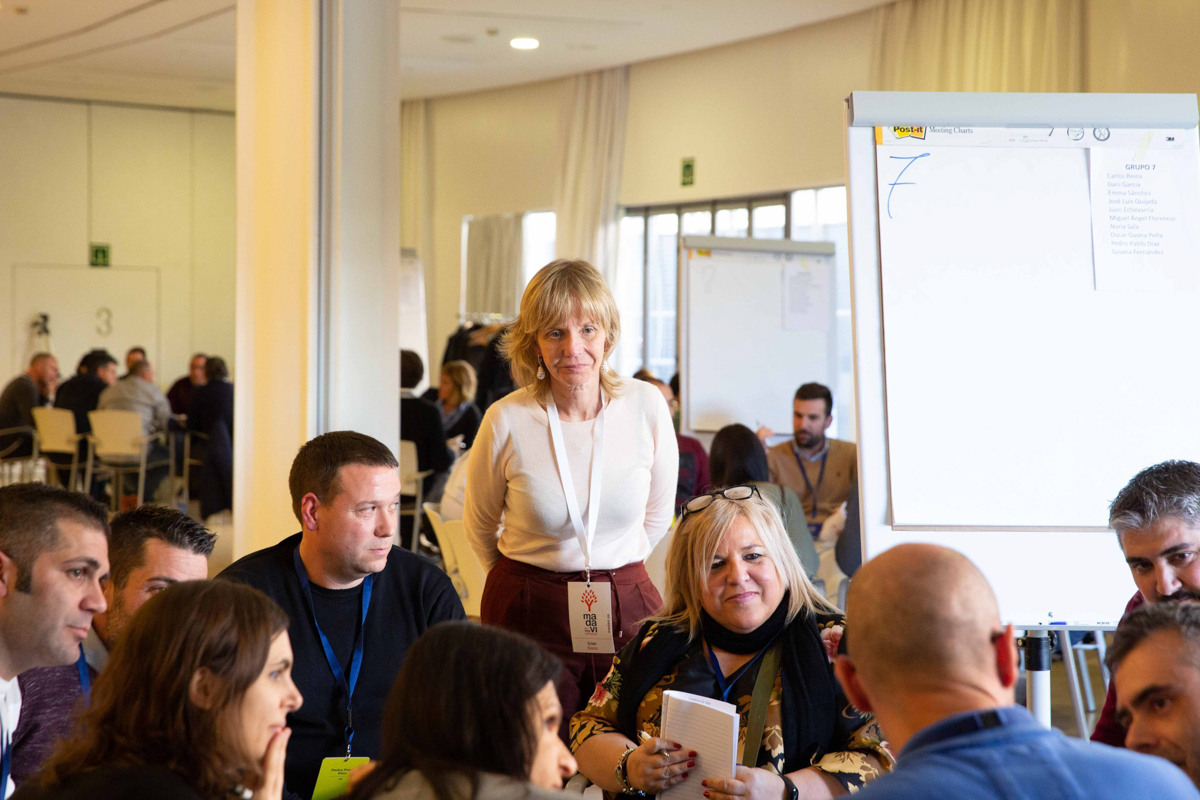In today’s competitive world of work, having a good employer image is vital for attracting and retaining the best talent. The concept of employer branding refers to the way a company markets itself as an attractive and desirable workplace for potential employees. A valuable tool that can help improve employer branding is Appreciative Inquiry, a management approach based on the discovery and development of strengths within an organization. In this article, we explore How Appreciative Inquiry can boost employer branding and create a positive and motivating work culture.
1. Understanding Appreciative Inquiry:
Appreciative Inquiry is a methodology based on the premise that instead of focusing on the problems and weaknesses of an organization, it is more effective to focus on strengths and what is working well. It is a change of mindset that seeks to build a culture of collaboration, appreciation and continuous improvement within the company.
2.Identify the organization’s strengths:
Appreciative Inquiry focuses on discovering what makes an organization unique and valuable. To improve employer branding, it is crucial to clearly identify and communicate the company’s strengths, which may be a culture in which trust and transparency are reference values; or its strongest points may be the opportunities for professional development and learning; or the firm’s exciting projects, work flexibility, teleworking…
3. Foster a culture of appreciation and recognition:
A key aspect of employer branding is to create an environment where employees are valued and feel recognized for their work. Appreciative Inquiry fosters a culture of appreciation and recognition, in which successes are celebrated and teamwork is encouraged. These elements can be highlighted and used to promote the company as an attractive employer.
4. Strengthen internal communication:
Good internal communication is essential in order to build a positive image of an employer. Appreciative Inquiry focuses on creating spaces for dialogue and participation, which improves internal communication within the organization. This results in greater transparency and trust among employees, which in turn strengthens employer branding.
 5. Set challenging goals and objectives:
5. Set challenging goals and objectives:
Appreciative Inquiry is a very powerful tool for setting challenging goals and objectives for employees. By motivating them to improve themselves and reach their peak potential, an environment of professional growth and development is created, and this attracts the best talent. This mindset of constant improvement becomes attractive to employees and enhances the company’s perception as a top-tier employer.
To sum up, Appreciative Inquiry offers companies a powerful methodology to improve their employer branding. By focusing on strengths and what is working well, an “appreciative” and motivating culture is created, which attracts and retains top talent. By identifying and communicating the organization’s strengths and fostering a culture of appreciation and recognition, the company’s image as an employer can be improved and its position in the labour market strengthened.
If you would like us at Madavi to help you improve the employer branding in your organization, do not hesitate to contact us at: https://www.madavi.es/contacto/
And if you want to learn about some companies that have already used our “Change the way we change” methodology in their transformation processes, visit the Case Studies area of our website.
We are facilitators, that is to say, we make it easy. Because we are appreciative, we see more strengths and potentials in our clients than they do themselves.
Madavi is about aligning strengths with aspirations to move towards the opportunities.
We act simultaneously on both culture and business. And, to do so, we use different tools, among them, that of Appreciative Inquiry, the one we focus on in this post.


